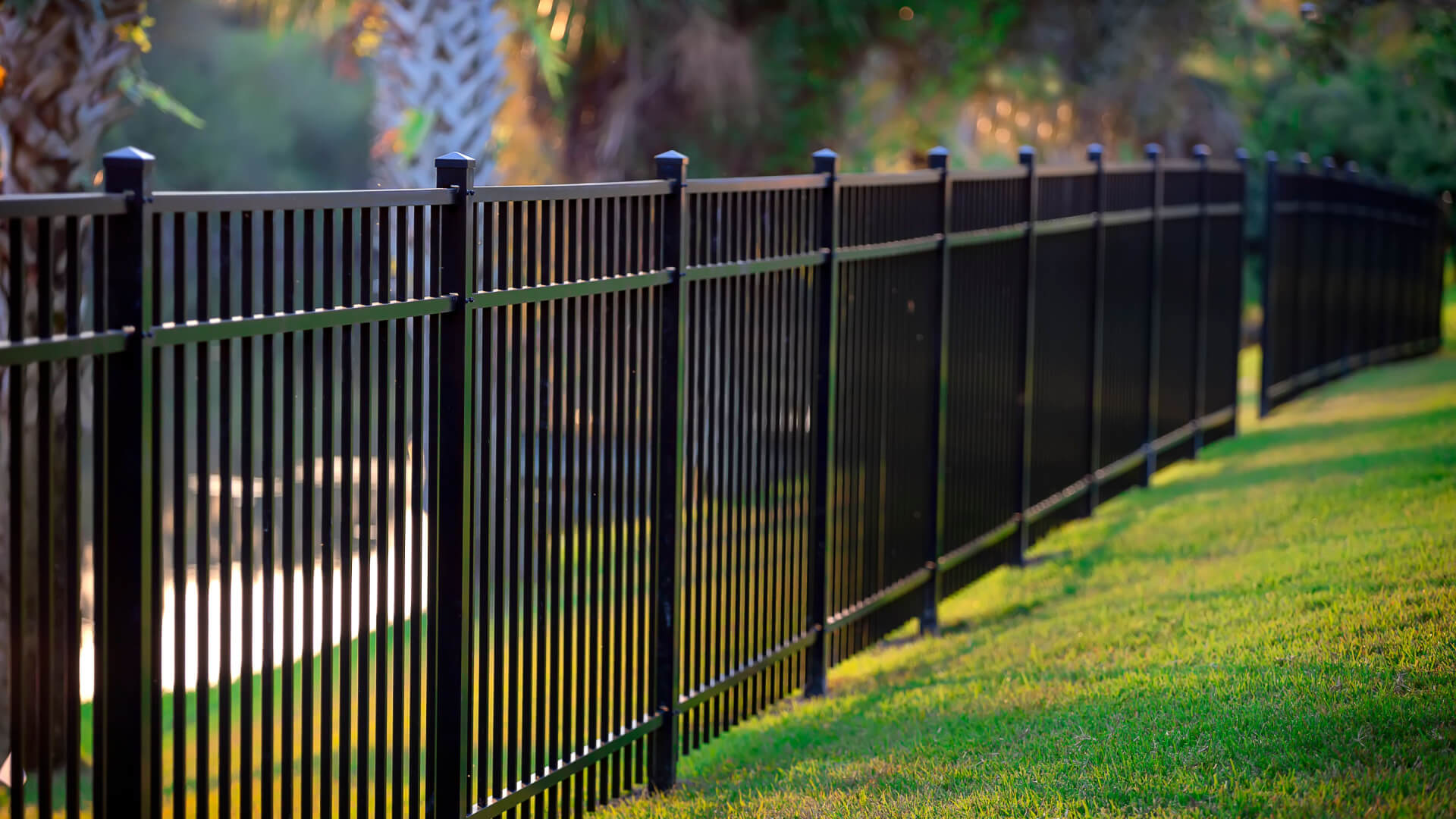Why Does Pennsylvania Have a Fence Law?

Pennsylvania has many laws that are unique to the state. One that affects the lives of many people is the PA Fence Law. Title 29, Purdon’s Statutes, Section 41 dictates that any structure that divides two owners of adjacent properties must share equal responsibility bearing the cost.
This rule was originally enacted during a time when most properties had livestock that they had to care for. Livestock required fencing around everyone’s property. You wouldn’t want your livestock to graze on the grass meant for someone else’s livestock. While there are 7,300 acres of farmland across the Commonwealth of Pennsylvania, that’s a small fraction of the nearly 29.5 million total acres in PA today.
Farming is integral to PA’s history and economy, but laws created when farming was the state’s leading profession likely shouldn’t dictate how people live today. More people own homes and private property that don’t house much more than children or pets. A fence isn’t necessarily needed, and if someone wants a fence, does their neighbor have a responsibility to pay for it still?
If you’ve run into problems with your neighbor over a fence or lack of a fence, there is a solution for you. The property dispute attorneys at Mazzoni Valvano Szewczyk & Karam can help.
The Problem With the PA Fence Law
The PA Fence Law was meant to force livestock owners to share the cost of building a border between their properties. This was necessary for the sustainability of both their livestock and the continued success of their livelihoods. Nowadays, fences and property borders have more to do with privacy than anything. Privacy wasn’t a big deal when most property owners owned so much land that they couldn’t see each other from their back door. That isn’t the case today.
Now, if the PA Fence Law remained the same as it always was, people would have to pay for fences they don’t want or need. Many believed and still believe that while we have the right to privacy, we shouldn’t make others pay for it. In 1997, the law was challenged to reflect that belief.
Fogle v. Malvern Courts
In the case of Fogle v. Malvern Courts, the parties involved lived on non-agricultural properties in a residential neighborhood, and lived adjacent to each other. The plaintiffs erected a fence between their properties where one did not previously exist and wanted the defendants to pay an equal share of the cost for the fence.
The plaintiffs used the PA Fence Law to defend their belief that their adjacent neighbors should pay for half of the fence’s cost when it was their property the fence bordered. While the court did address this line of thinking, they pointed out a stipulation in the law that was often ignored. For a neighbor to be forced to pay for a fence, the fence must be “sufficient” for the purposes of the law, which was to protect and corral livestock.
When there is livestock, neighbors need a fence no matter what, but if there are none, a fence isn’t necessary, and thus considered “insufficient.”
The Court Results
In this case, the court concluded that for two neighbors to be legally required to share the cost of a fence, there has to be livestock on one of their properties.
The PA Fence Law was originally created to prevent livestock from entering adjoining land, not to protect privacy. This led to the defendants not having to pay for the cost of the fence and a change in how the state understands its Fence Law.
Contact MVSK Law For Help With Property Disputes With Your Neighbors
As much as we would like to be friends with our neighbors, sometimes that isn’t possible. Property disputes are more common between neighbors than any other issue. When these come out, whether it’s over a fence, an easement, or something more serious, you can trust the property dispute attorneys at MVSK Law to help. Our experience with real estate law can protect you in a bad situation. Contact us for help today.

